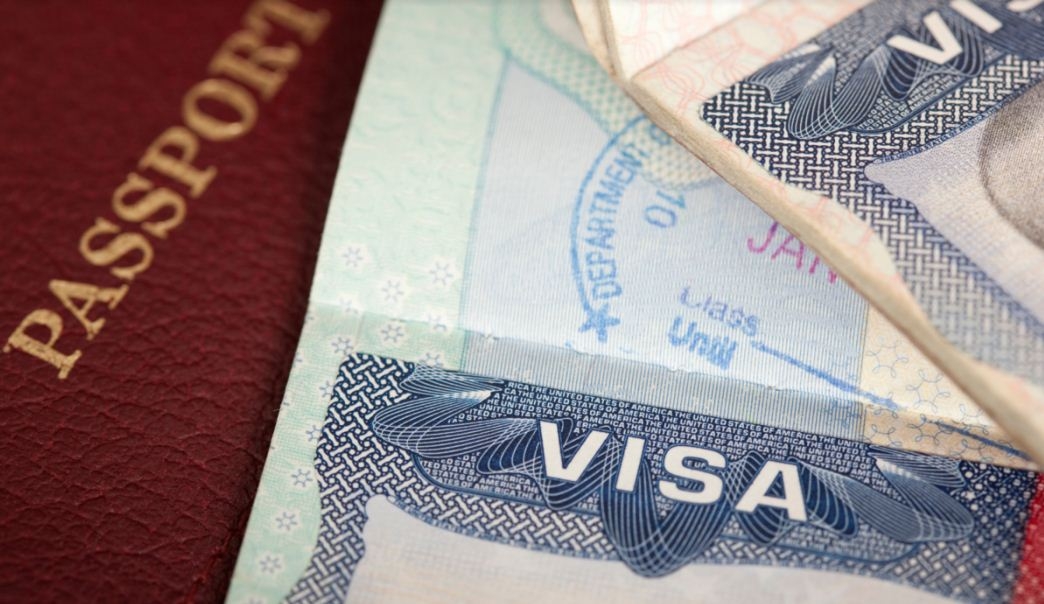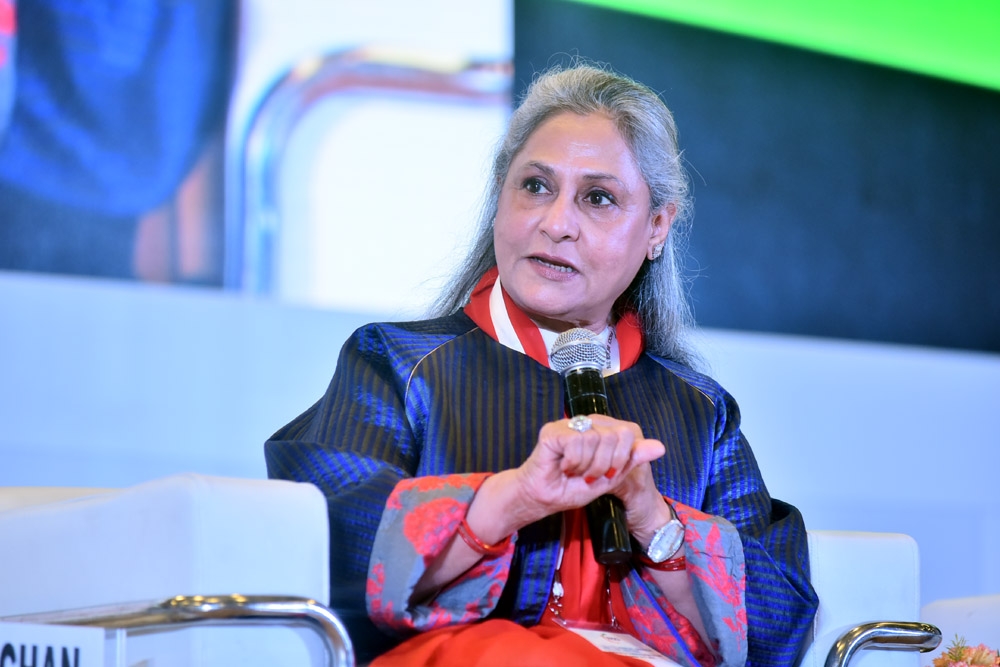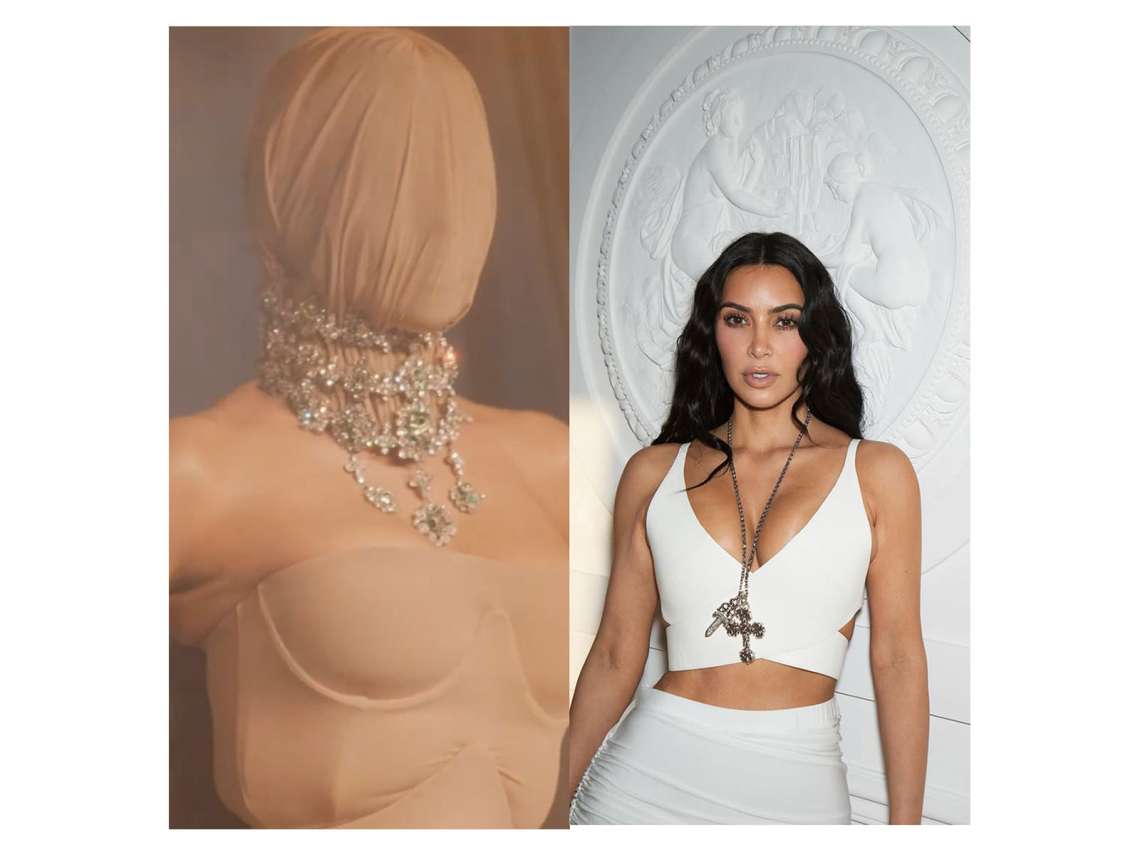The animation and VFX industry in India is witnessing rapid growth, driven by the increasing demand for animated content in films, television, advertising, and gaming…writes Nidheesh Saxena
In an era where technology has permeated every aspect of our lives, technology has made a remarkable impact on the field of art and design, changing not only the method employed in their teaching but also their practical applications within various industries. The convergence of design and technology has opened up a plethora of opportunities for students aspiring to pursue creative professions. From graphic design to industrial design, and beyond, the integration of technology has revolutionized traditional design practices, ushering in a new era of innovation and possibilities.
Design has always been an integral part of human civilization, encompassing various disciplines such as architecture, fashion, product design, and visual communication. However, with the advent of digital technology, the boundaries of design have expanded rapidly. Today, designers are taking advantage of cutting-edge tools and software to conceptualize, visualize, and execute their ideas with unprecedented accuracy and efficiency.
The practice and creation of art and design in industry contexts have been deeply influenced by technology. Digital tools and software have replaced traditional methods, providing greater flexibility and efficiency. Artists and designers now rely on digital platforms rather than physical media like paints and pencils. This allows quick creation and manipulation of elements. Additionally, the technology has created new employment opportunities for artists and designers, reflecting the evolving landscape of the industry.
UX/UI Design: User experience (UX) and user interface (UI) designers focus on creating intuitive and engaging digital experiences for users. They conduct user research, design wireframes, and prototype interfaces to optimize usability and functionality. According to Glassdoor India, the average annual salary for UX designers ranges from ₹600,000 to ₹1,000,000, depending on experience and location.
Animation and VFX: The animation and VFX industry in India is witnessing rapid growth, driven by the increasing demand for animated content in films, television, advertising, and gaming. Animators and VFX artists use software such as Autodesk Maya and Adobe After Effects to create captivating visual effects and animations. According to data from Indeed India, the average salary for animators and VFX artists ranges from Rs. 300,000 to Rs. 700,000 per annum.
Interior Design: Interior design has undergone a significant transformation in response to advancing technology and changing societal needs. Today’s tech-driven solutions have revolutionized both professional practices and educational approaches. VR and AR technologies offer immersive experiences, enriching students’ understanding of spatial dynamics. As a result, interior design education has diversified, offering specialized courses in digital, sustainable, and universal design principles. Online platforms facilitate global collaborations, expanding networking opportunities. Emerging career paths include virtual interior design, sustainability consultancy, and 3D modelling, catering to the industry’s evolving demands. Average salaries in India range from Rs. 4-10 lakhs per annum for entry-level positions, increasing with experience and expertise.
Art Director: With enough experience, you can move into an art director. Here, you will oversee creative efforts, ensuring that designs harmonize with overarching visions and goals. Collaborating closely with designers and fellow creatives, you will offer guidance and critique to uphold consistency and excellence in visual communication aimed at target demographics. Salaries for art directors in India typically range between Rs. 6 to 20 lakhs per annum, varying based on experience and the scale of projects.
Packaging Designer: This specialized field involves innovating and crafting visually appealing product packaging that attracts attention on retail shelves. In addition to product safety, packaging design serves as a powerful marketing tool, influencing consumer choices and conveying brand ethos. In India, packaging designers can expect to earn between Rs. 3 to 10 lakhs annually, depending on expertise and project scope.
Motion Graphic Designer: As a motion graphic designer, your role revolves around creating animated visual content for a variety of mediums such as videos, presentations, and multimedia projects. Leveraging graphic design, animation, and video editing skills, you will infuse static visuals with movement and interactivity, enhancing their appeal and impact. Salaries for motion graphic designers in India typically range from Rs. 3 to 8 lakhs per annum, with variations based on experience and project complexity.
As technology is reshaping the world around us, the field of design is also rapidly evolving, offering exciting opportunities for aspiring creators. Whether it’s creating visually stunning graphics, crafting immersive user experiences, or bringing virtual worlds to life through animation, the possibilities are endless in tech-driven design careers.
ALSO READ-Katrina Kaif’s Toughest Career Training for ‘Tiger 3’ Revealed












